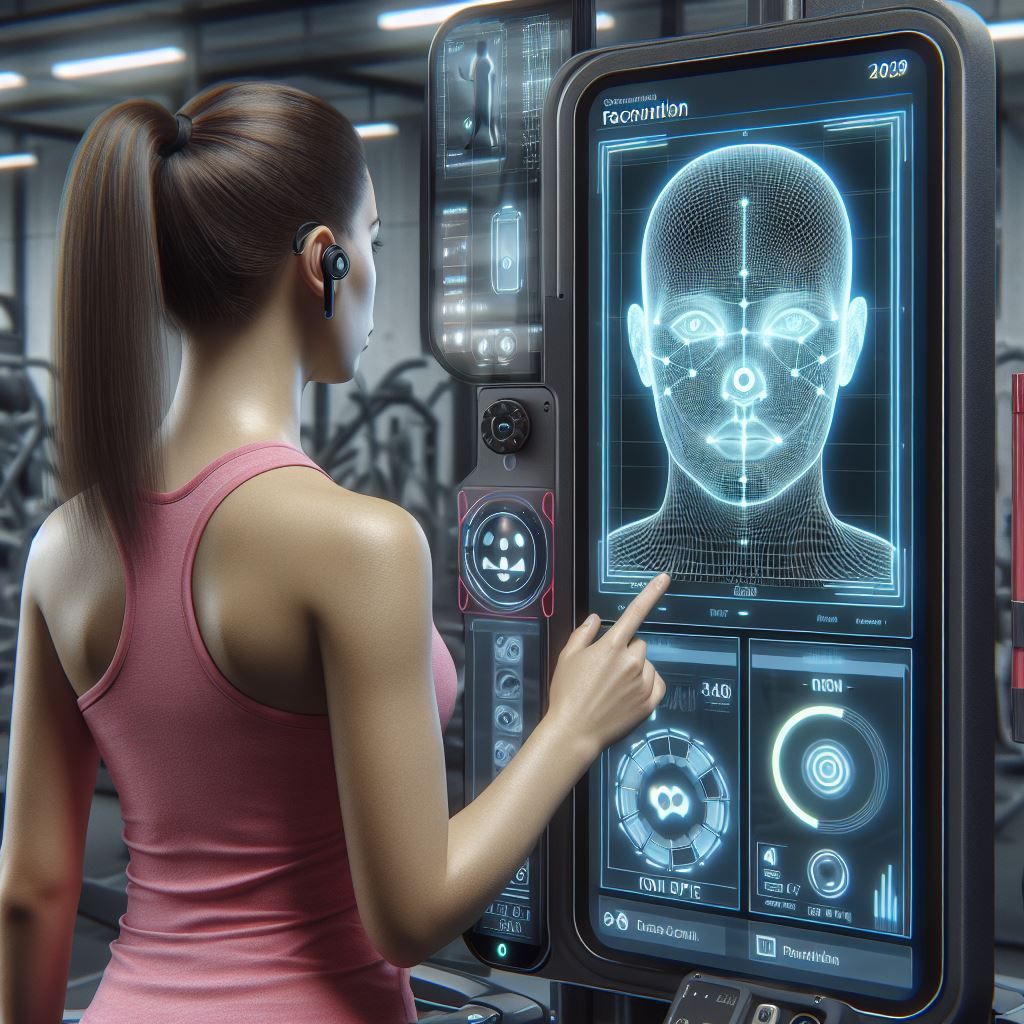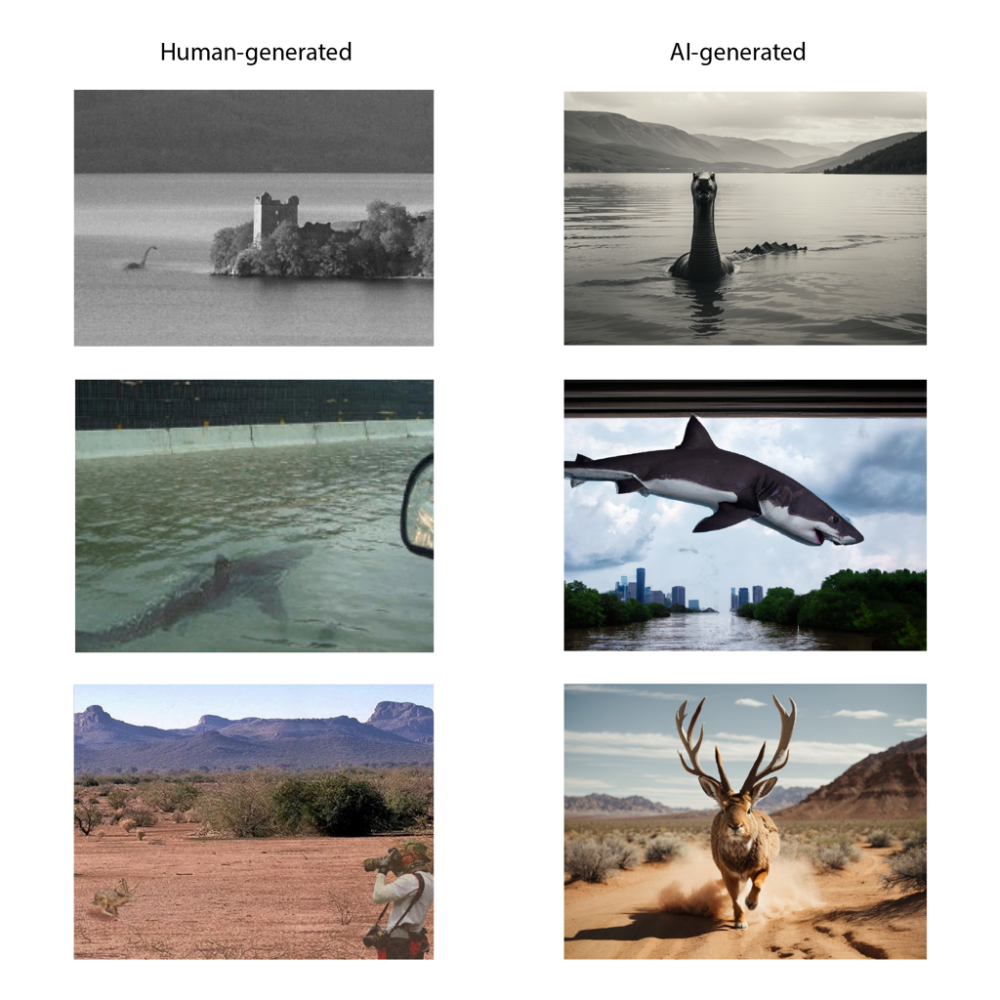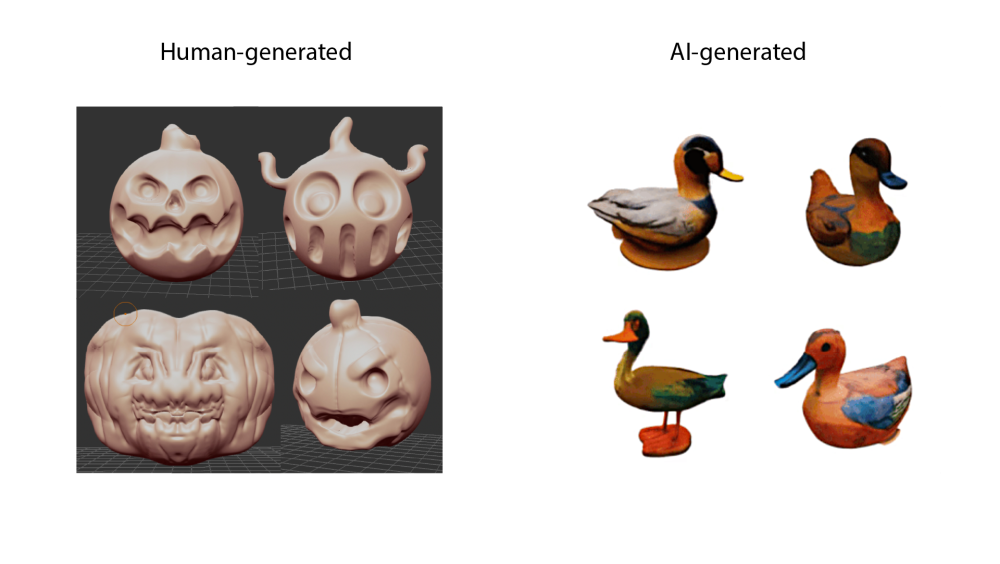
Innovative New Media course pits AI against traditional creativity
This semester 50 students in the Intro to New Media course embarked on a four-month experiment comparing AI and traditional digital methods across eight creative tasks ranging from writing essays to coding game avatars.

In essay writing, students found AI helpful for structure and grammar but less reliable for citations and occasionally too formal. Programming exercises like sketching animals using P5js showed that AI, with proper prompting, could offer faster results than traditional coding.
However, creating realistic AI images and audio proved challenging. For instance, AI-generated soundscapes and images lacked the subtlety and credibility of those created with tools like Photoshop and field recordings.
One assignment asked students to create visual evidence for a hoax using both AI and conventional media. In another, students compared AI and TA critiques of past homework; while both provided useful feedback, TAs offered more specific advice, and GPT-4 appeared to grade harsher, possibly misunderstanding the course level.

The project was part of the Learning With AI initiative and prioritized student participation and feedback, including live interviews. To ensure data anonymity, students used a custom tool created by Computer Science grad student Troy Schotter for interacting with GPT-4.
Schotter and computer scientist Greg Nelson are evaluating the outcomes with course instructor Jon Ippolito for future educational insights and plan to publish a detailed analysis.

